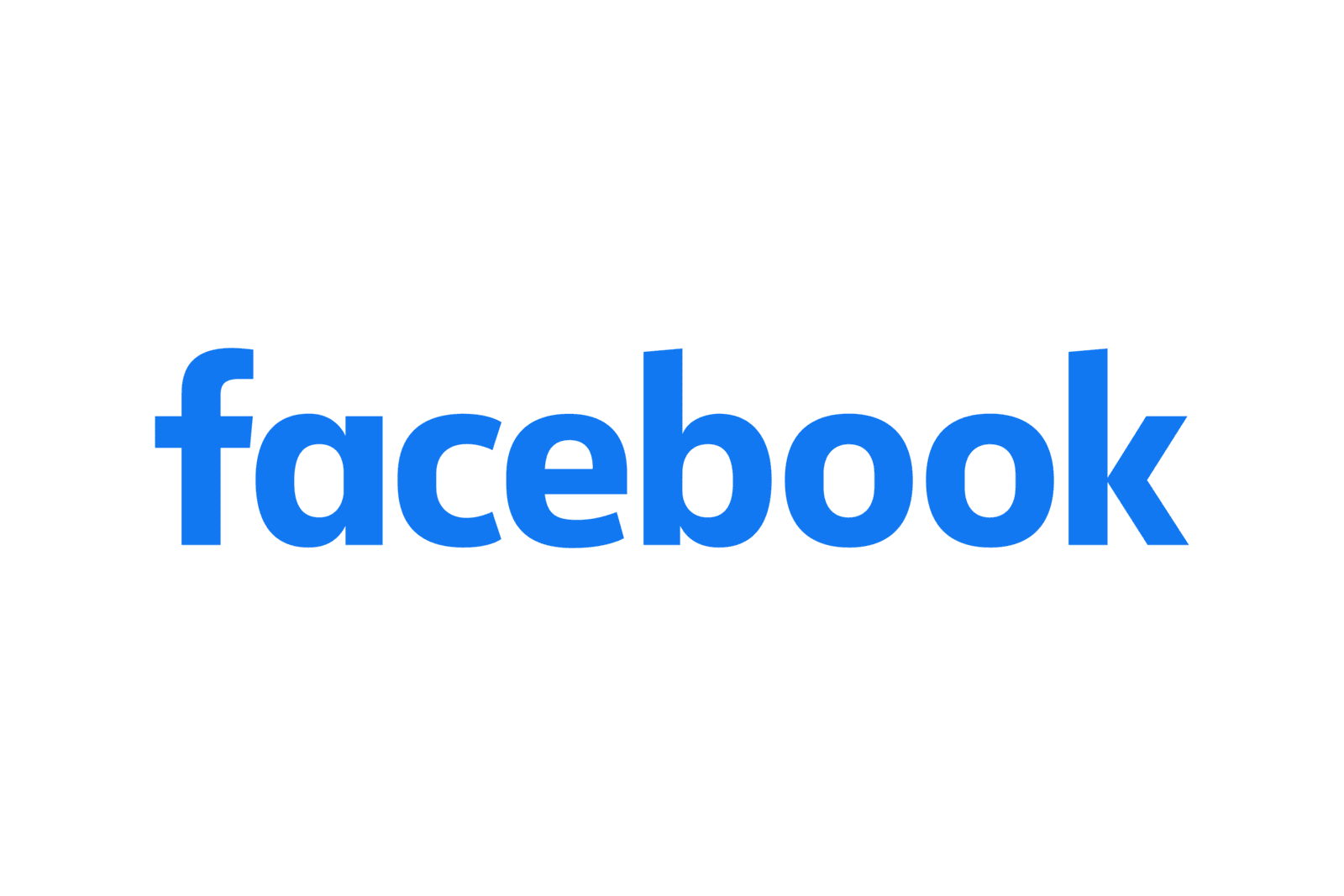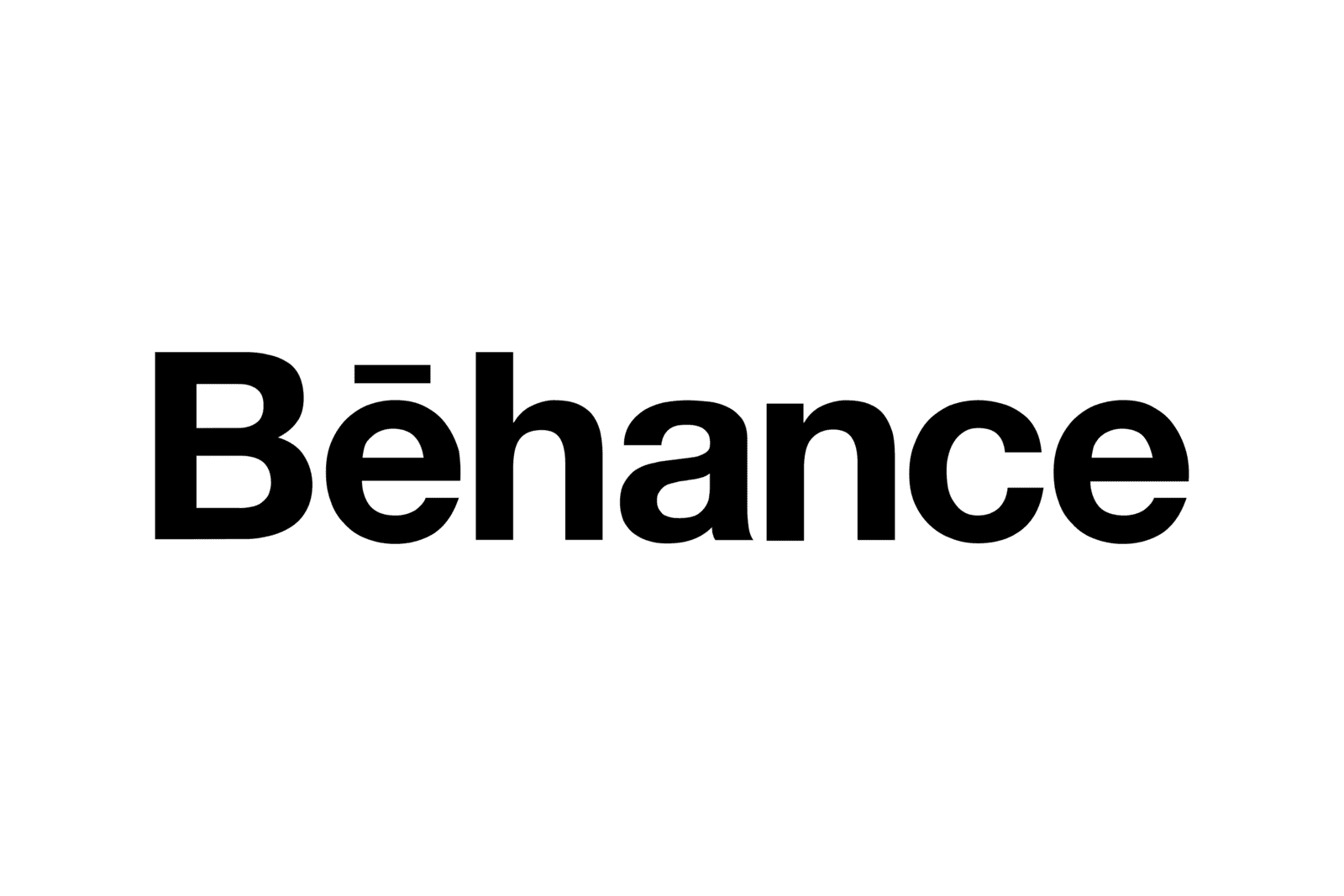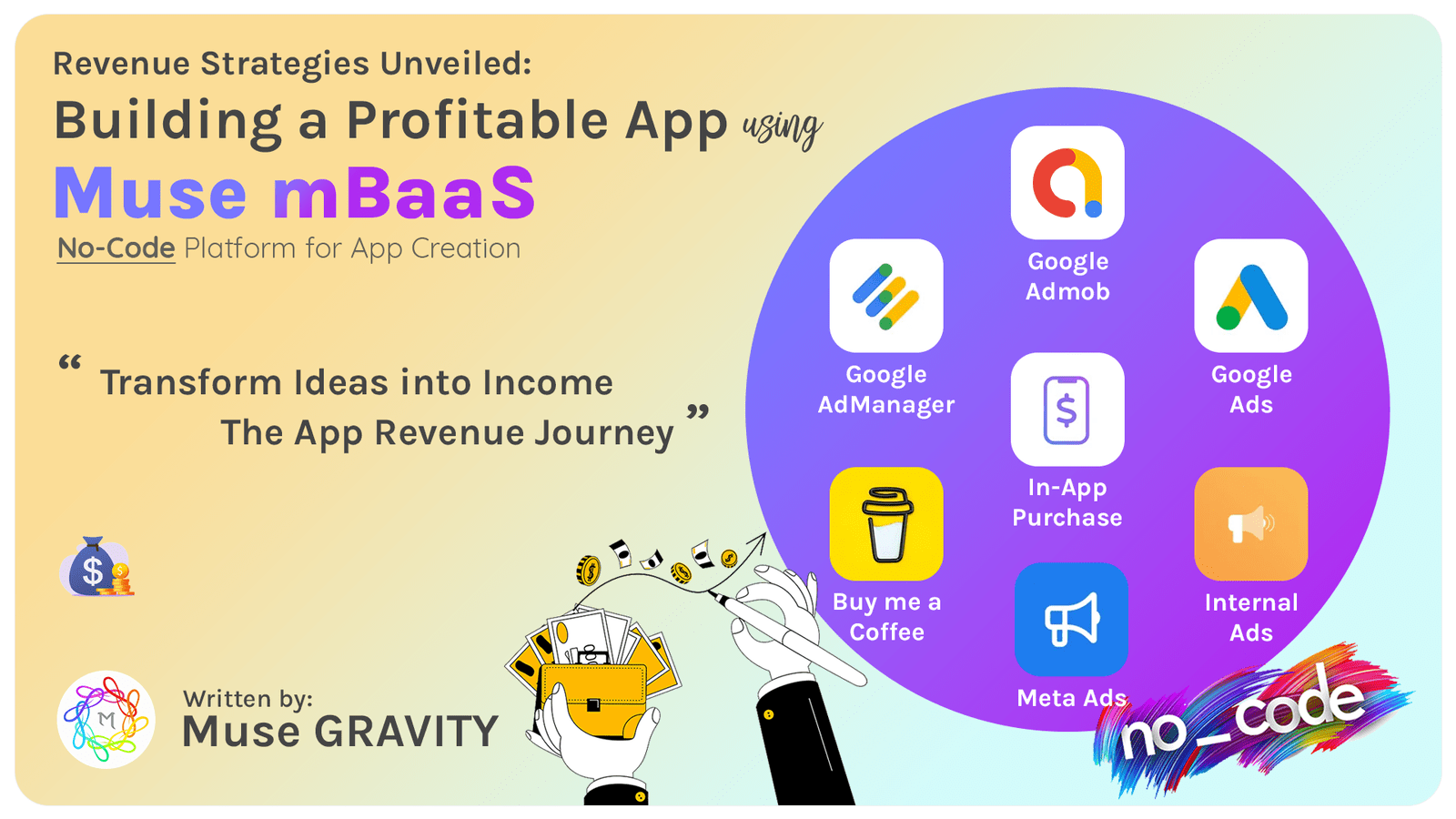
Introduction: The Rising Potential of App-Based Revenue
In an era where digital technology reigns supreme, mobile applications have emerged not just as tools of convenience and entertainment, but as significant sources of revenue. The app market has seen exponential growth in the past decade, evolving into a multi-billion-dollar industry that shows no signs of slowing down. From small-scale startups to established enterprises, businesses are tapping into the lucrative potential of apps to generate income and expand their reach.
This surge in the app economy is propelled by the increasing global smartphone penetration and a shift in consumer behavior favoring digital solutions for everyday needs. Whether it's for shopping, learning, entertainment, or managing daily tasks, there's an app for virtually everything. This ubiquity of mobile apps presents a unique opportunity for businesses and entrepreneurs to monetize their ideas and services.
However, generating revenue from an app is not a one-size-fits-all approach. It requires a strategic blend of understanding your target audience, choosing the right revenue model, crafting an engaging user experience, and implementing effective marketing strategies. The choice between direct sales, in-app purchases, subscriptions, advertising, or a combination of these models can significantly influence your app's profitability.
Moreover, the development and maintenance of a successful app demand both technical expertise and a deep understanding of the market. This is where platforms like Muse mBaaS come into play, offering a streamlined, no-code solution for building and managing apps. With Muse mBaaS, businesses can focus on their revenue-generation strategies without getting bogged down by the complexities of app development.
As we delve into the world of app-based revenue generation, this blog aims to guide you through the various strategies and best practices to turn your app into a profitable venture. We will explore different revenue models, design principles, and marketing tactics and how leveraging platforms like Muse mBaaS can enhance your app's revenue potential.
So, whether you are an aspiring app entrepreneur or a business looking to expand into the digital space, join us in uncovering the secrets to successfully monetizing your mobile app.
Understanding Different App Revenue Models
Selecting the right revenue model is crucial for the financial success of any mobile application. This decision not only defines how an app makes money but also shapes its design, user experience, and marketing strategies. Let's explore the most common revenue models in the app industry:
- Direct Sales: Paid Downloads:
1. Direct Sales: Paid Downloads :
This straightforward approach involves users paying a one-time fee to download the app. It works well for apps with unique functionalities or strong brand recognition but requires convincing users of the app's value before they download it, often relying on robust marketing and reputation.
2. In-App Purchase: Offering Additional Features of Content :
Users can buy additional features, content, or services within the app. This model is highly popular in gaming apps for purchasing virtual goods or currencies and is also effective in productivity and entertainment apps to unlock advanced features or additional content. The key here is to offer enough value in the free version to entice users while reserving premium features for purchase.
3. Subscription Models: Recurring Revenue Streams :
This model charges users on a recurring basis (monthly, yearly, etc.) for access to the app or certain premium features. It suits content-rich apps like streaming services, news platforms, or productivity tools and requires continuously offering fresh, valuable content or functionalities to justify ongoing payments.
4. Advertising: Monetizing User Attention:
Incorporating ads into an app allows revenue generation without charging the user directly. Ads can be in various formats, such as banners, interstitials, or videos, and the key is balancing ad content to ensure it doesn't detract from the user experience. Effective targeting and personalization can also increase ad revenue.
5. Sponsorships and Partnerships: Leveraging Brand Connection :
Partnering with other brands or companies can add value to an app. An app can feature sponsored content or collaborate on co-branded experiences, especially effective if the partner brand aligns well with the app's target audience.
Marketing Strategies to Boost App Revenue
Effective marketing is essential in driving revenue for your app. Start by leveraging social media to create buzz and engage with your audience. Collaborating with influencers, especially those relevant to your app's niche, can significantly amplify reach and credibility. Utilize email marketing and push notifications to keep users engaged with updates and offers. Don't overlook App Store Optimization (ASO) to improve visibility in app stores. Paid advertising, such as targeted ads on social media and search engines, can attract a wider audience. Also, consider referral programs to encourage current users to bring in new ones. Each of these strategies, when executed well, can lead to increased app downloads, usage, and ultimately, revenue generation.
Choosing the Right Revenue Model for Your Tour App
Leveraging Technology: How Muse mBaaS Can Enhance Your App's Revenue Potential
1. Streamlined App Development :
Muse mBaaS simplifies the app development process with its no-code platform. This means you can quickly turn your app idea into reality without the need for deep technical skills, saving time and resources that can be redirected towards marketing and user engagement strategies.
2. Cross-Platform Compatibility :
With Muse mBaaS, you can develop Progressive Web Apps (PWAs), as well as native Android and iOS apps, all from a single backend. This broadens your app's reach, allowing you to tap into wider audiences across different devices and platforms, thereby increasing potential revenue streams.
3. Customization and Scalability :
Muse mBaaS provides customization options to tailor your app according to user preferences and market demands. This flexibility ensures that your app stays relevant and appealing to your target audience, which is key to sustaining and growing revenue.
4. Integrated AI for Design :
The integrated AI in Muse mBaaS assists in designing aesthetically pleasing and user-friendly interfaces, which are crucial for user retention and monetization. An engaging app design can lead to higher user satisfaction and more in-app purchases or ad revenue.
5. Reduced Maintenance and Upkeep :
Muse mBaaS handles much of the technical maintenance, ensuring that your app runs smoothly. This reliability enhances user experience and loyalty, generating a steady revenue flow.
6. Support for Monetization Strategies :
Whether your revenue model is based on subscriptions, in-app purchases, or advertising, Muse mBaaS supports various monetization strategies. It enables seamless integration of these features, helping you to implement and manage them effectively.
Conclusion:
In conclusion, the journey to successful app monetization is a complex but rewarding endeavor. The key to unlocking this potential lies in a deep understanding of your target audience, the strategic selection of a suitable revenue model, a compelling and user-friendly design, and robust marketing efforts. As the app market continues to flourish, the opportunities for generating significant revenue grow alongside it. This requires not only creativity and business acumen but also an adaptable approach to keep pace with the ever-evolving digital landscape. Embracing platforms like Muse mBaaS can be a game-changer in this journey, offering a no-code, comprehensive solution that simplifies the app development process. By leveraging such technology, businesses can focus more on content creation, user engagement, and marketing strategies — the core drivers of app success. Ultimately, with the right blend of strategy, technology, and user focus, your app can not only achieve financial success but also establish a lasting presence in the competitive digital marketplace.








